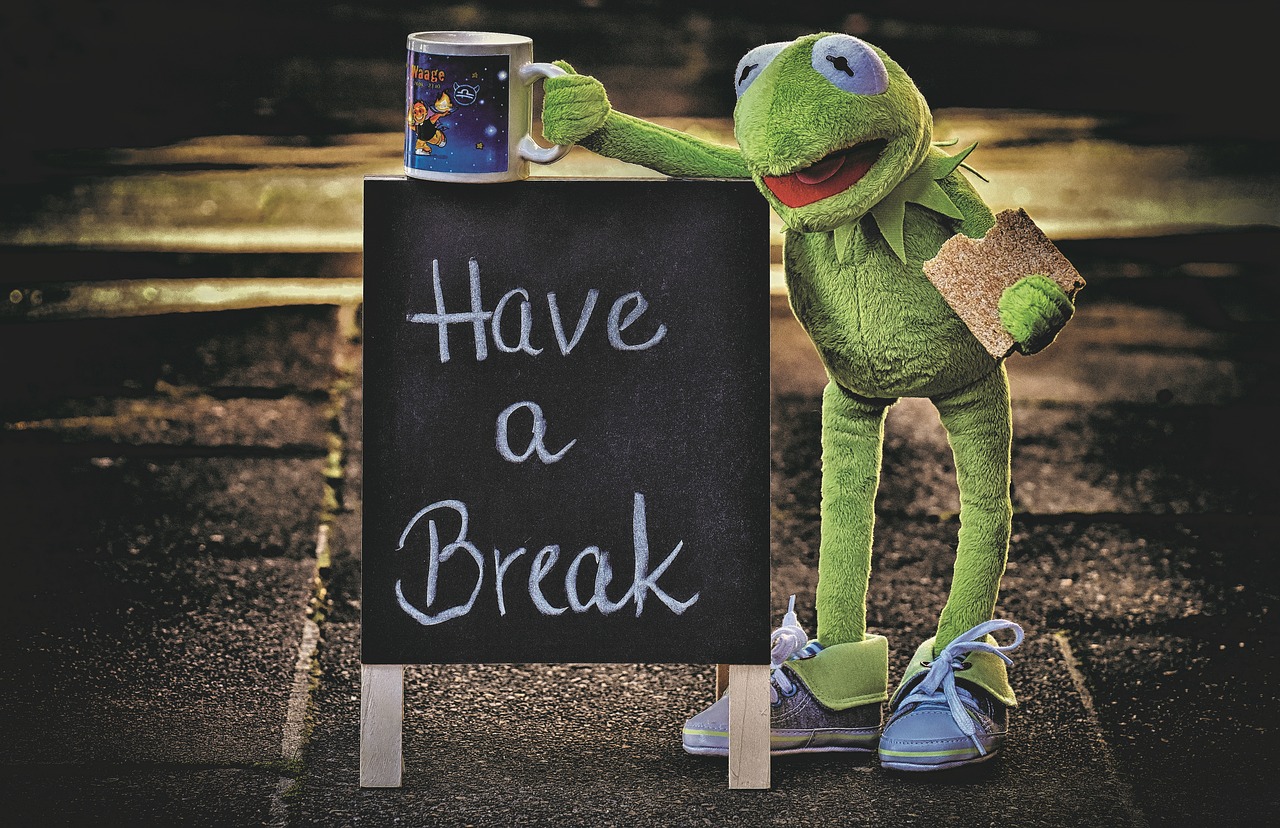The Influence of Sound Editing on Gestalt Play Therapy Techniques: Laser book login, Silverexchange.com login, 11xplay online
laser book login, silverexchange.com login, 11xplay online: The Influence of Sound Editing on Gestalt Play Therapy Techniques
Play therapy is a form of therapy that uses play to communicate with and help children understand their emotions and deal with traumatic experiences. Gestalt play therapy is one specific approach that focuses on the here and now, using creative techniques to help children express themselves and work through their issues.
One technique that can greatly enhance the effectiveness of gestalt play therapy is sound editing. Sound editing involves manipulating sounds to create a certain atmosphere or mood. By using sound editing techniques in play therapy sessions, therapists can create a more immersive experience for the child, helping them to connect with their emotions and experiences on a deeper level.
Here are some ways in which sound editing can influence gestalt play therapy techniques:
Focusing attention
Sound editing can be used to focus the child’s attention on a specific aspect of the play therapy session. For example, therapist can use background noise or music to create a calming environment, helping the child to relax and open up about their feelings.
Enhancing emotional expression
Sound editing can also be used to enhance the emotional expression of the child during play therapy. By adding specific sounds or music that resonate with the child’s emotions, therapists can help them to explore and express their feelings more effectively.
Creating a safe space
Sound editing can create a sense of safety and security for the child during therapy sessions. By using sounds that are comforting or familiar, therapists can help the child feel more at ease and willing to engage in the therapeutic process.
Encouraging creativity
Sound editing can also encourage creativity in play therapy sessions. By using sounds that spark the child’s imagination, therapists can help them to explore their thoughts and feelings in a more creative and playful way.
Building rapport
Sound editing can help to build rapport between the child and the therapist. By using sounds that resonate with the child’s experiences or emotions, therapists can show that they understand and empathize with the child, strengthening the therapeutic relationship.
FAQs
Q: How can sound editing be incorporated into play therapy sessions?
A: Sound editing can be incorporated by using music, sound effects, or recordings to create a specific atmosphere or mood during play therapy sessions.
Q: What equipment is needed for sound editing in play therapy?
A: Basic sound editing software and a good quality speaker or headphones are all that is needed to incorporate sound editing into play therapy sessions.
Q: Can sound editing be used in other forms of therapy?
A: Yes, sound editing can be used in various forms of therapy to enhance the therapeutic process and help clients explore their emotions and experiences more effectively.







